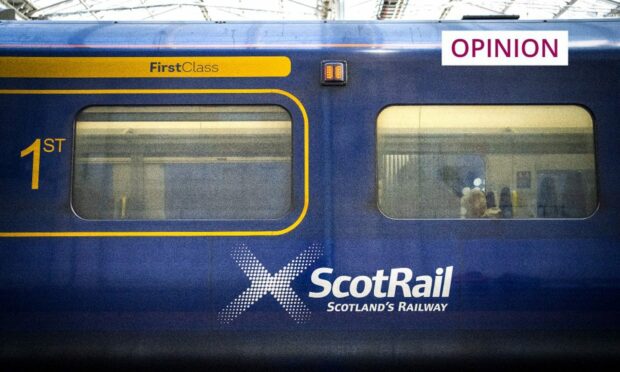The news that ScotRail services are about to return to “normal” is something to be celebrated, of course.
Passengers have endured endless disruption over recent months as the drivers’ pay dispute dragged on.
The reduced timetable wrecked many people’s travel plans. It prevented others from attending events or commuting to and from work. And it took rail travel off the table for large areas of the country.
Many will breathe a sigh of relief when almost 700 services resume each day.
But how long, after all of this, until they are reminded that normal wasn’t that great before?
From tomorrow, 20 July, our timetable – based on May 2022 levels – will be back in place. This means an extra 700 trains will run all day, every day. A lot of work is required behind the scenes in preparation for this, we thank customers for their patience through this period.
— ScotRail (@ScotRail) July 19, 2022
That’s the challenge facing bosses of the newly nationalised ScotRail, which came into public ownership just weeks before the industrial action went ahead.
The service regularly took a hammering over issues such as reliability, punctuality and value for money.
Public satisfaction trailed other UK train operators and complaints about delays, cancellations, overcrowding and the infrequency of services on certain routes were never far away.
The issues that sparked the drivers’ strike may have been dealt with. But the public still have a right to expect an affordable, reliable service that meets the needs of travellers across the country. And all too often that hasn’t been the case.
Public ownership offers ScotRail chiefs a chance to start anew.
And while the return to normal is a welcome step in the right direction, their next goal must be the creation of something better.











Conversation